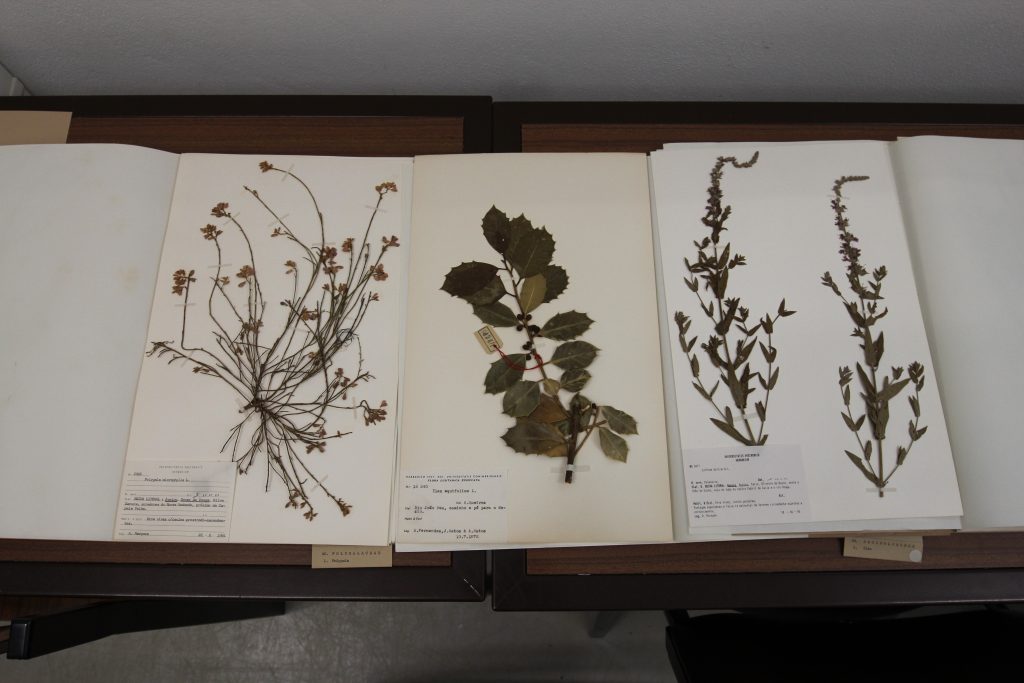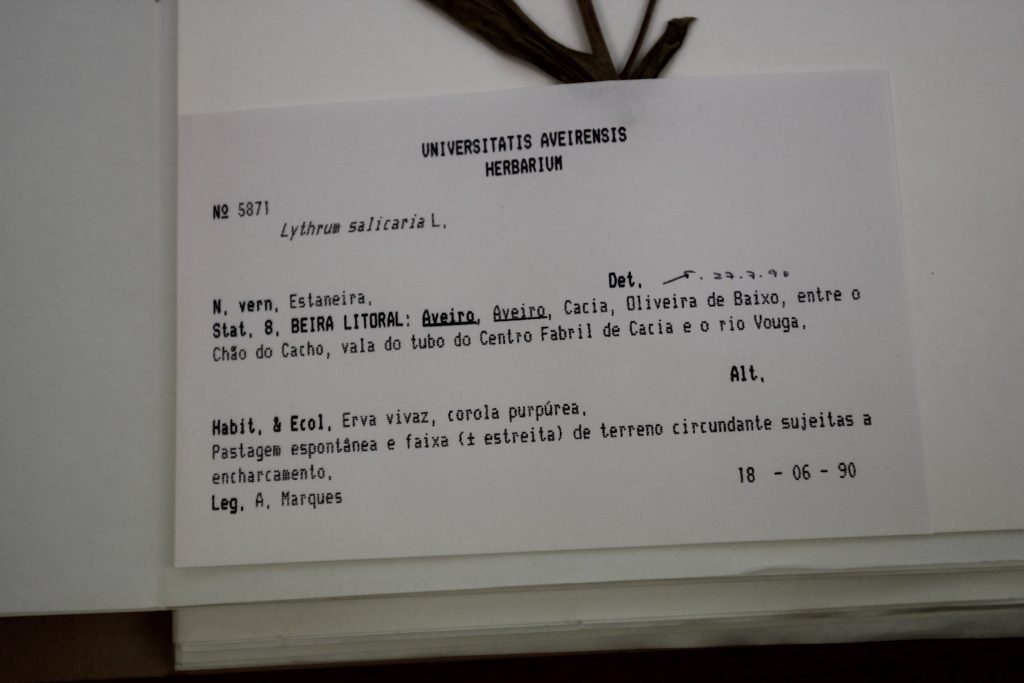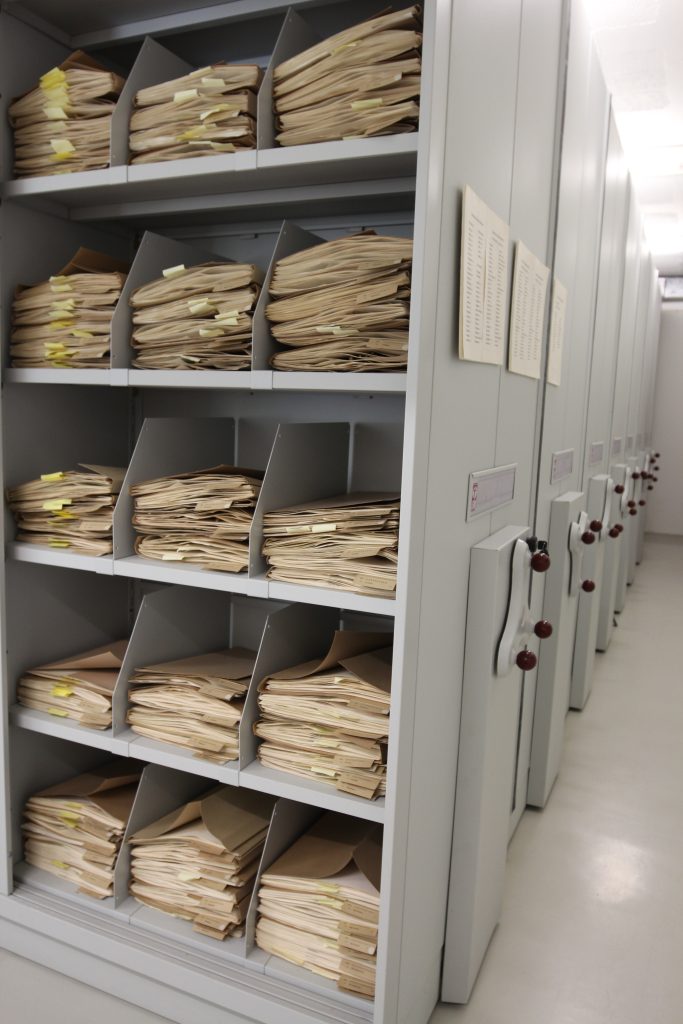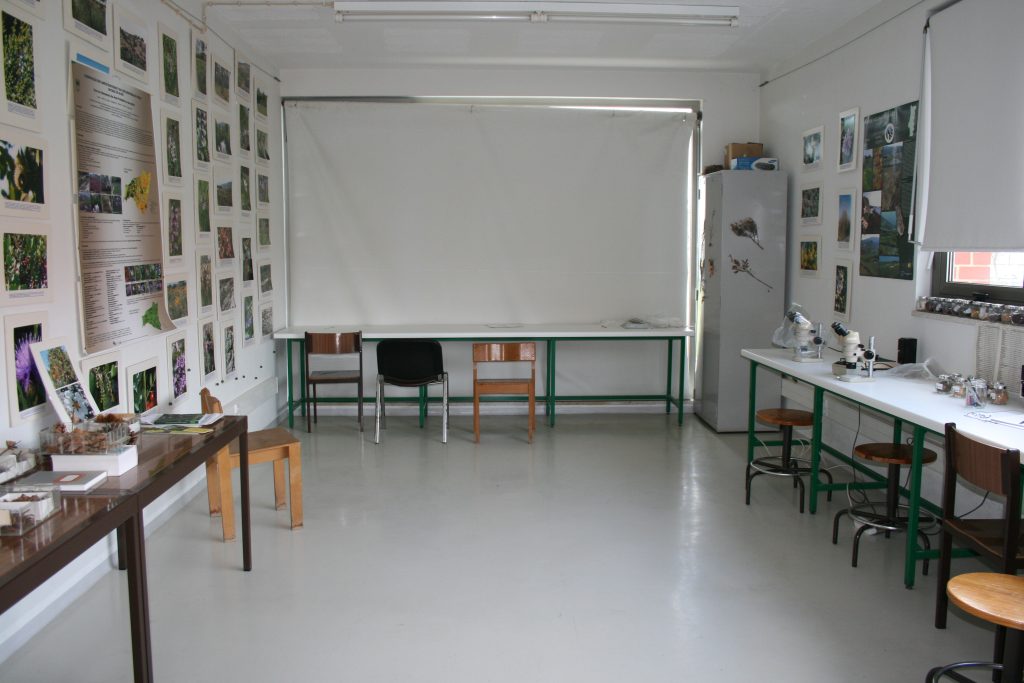ECOMARE – laboratory for innovation and sustainability of marine biological resources of the University of Aveiro
- Centre for Extension and Research in Aquaculture and the Sea (CEPAM): Activities in the areas of Marine Biotechnology; Ecology; Biodiversity and Ecosystem Services; Aquaculture; Oceanography, Geology and Geophysics; Naval Engineering and Naval Robotic Applications; Coastal Engineering; Offshore Energy; Marine Geology and Geophysics; and Strategic studies for the evaluation of maritime economic activities.
- Centre for Research and Rehabilitation of Marine Animals (CPRAM): Support in the rescue, rehabilitation and return to nature of marine animals (birds, reptiles and mammals); Research in the areas of population ecology, animal health, assessment and mitigation of anthropogenic impacts on the marine environment, sustainable fishing and Marine Protected Areas.
Contacts
- CEPAM: Manager Ricardo Calado
- CPRAM: Manager Catarina Eira
Location
Coastal fishing port of Aveiro
3830-565 Gafanha da Nazaré, Ílhavo, PORTUGAL
GPS 40°38’19.2 “N 8°43’42.2 “W
Google Maps 40.638676, -8.728379
Visits
Given its specific nature, ECOMARE has a controlled access environment, which applies to visits. Only the research laboratories component linked to the development of aquaculture projects or other related ones (CEPAM) is open to the public.
The visits to the CRAM-Centre for the Rehabilitation of Marine Animals component consist only of a presentation held in the auditorium of the building. This presentation will show, through images, the various activities carried out and some of the marine animals that have already been in rehabilitation at ECOMARE. The animals at CRAM cannot receive visitors directly, as they should not be subjected to the pressure generated by visitors and the contamination they may represent, while visitors (particularly children) should not be exposed to possible pathologies that the animals admitted and being treated may present.
The visits, limited to groups with a maximum of 35 people, can be booked for the third Wednesday of each month, except in August, at the following times: 10am to 12pm; 2pm to 4pm; 4pm to 6pm.
School groups from the municipalities of Ílhavo and Aveiro have priority for the first and last visiting periods, provided that the reservation is made at least 30 days in advance.
Bookings and reservations are made on a first-come, first-served basis, which should be emailed to visitas@ua.pt.
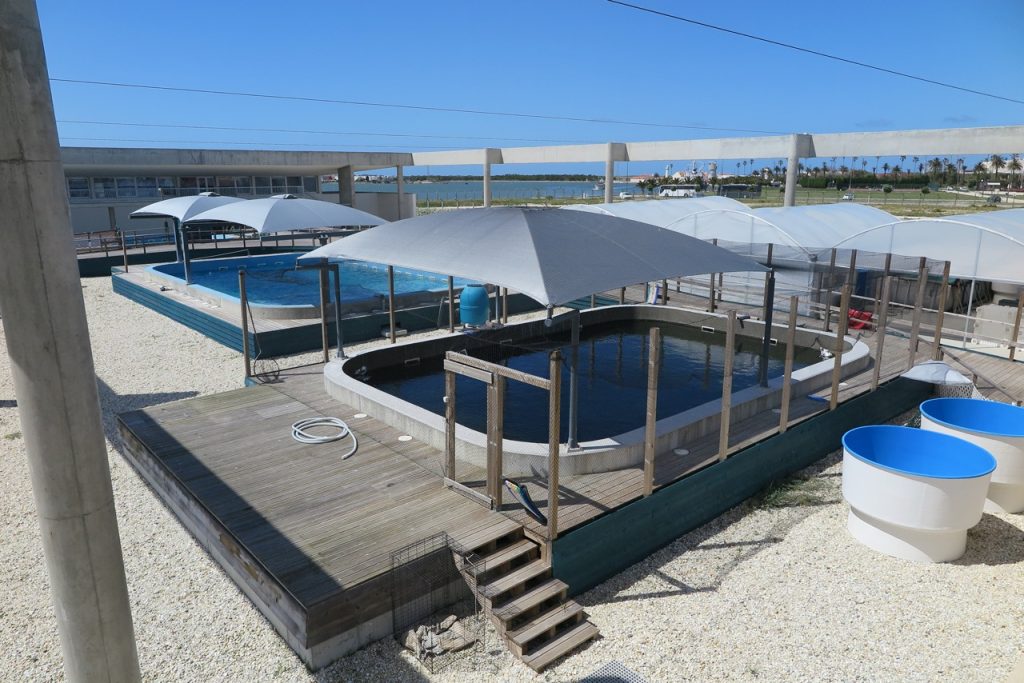
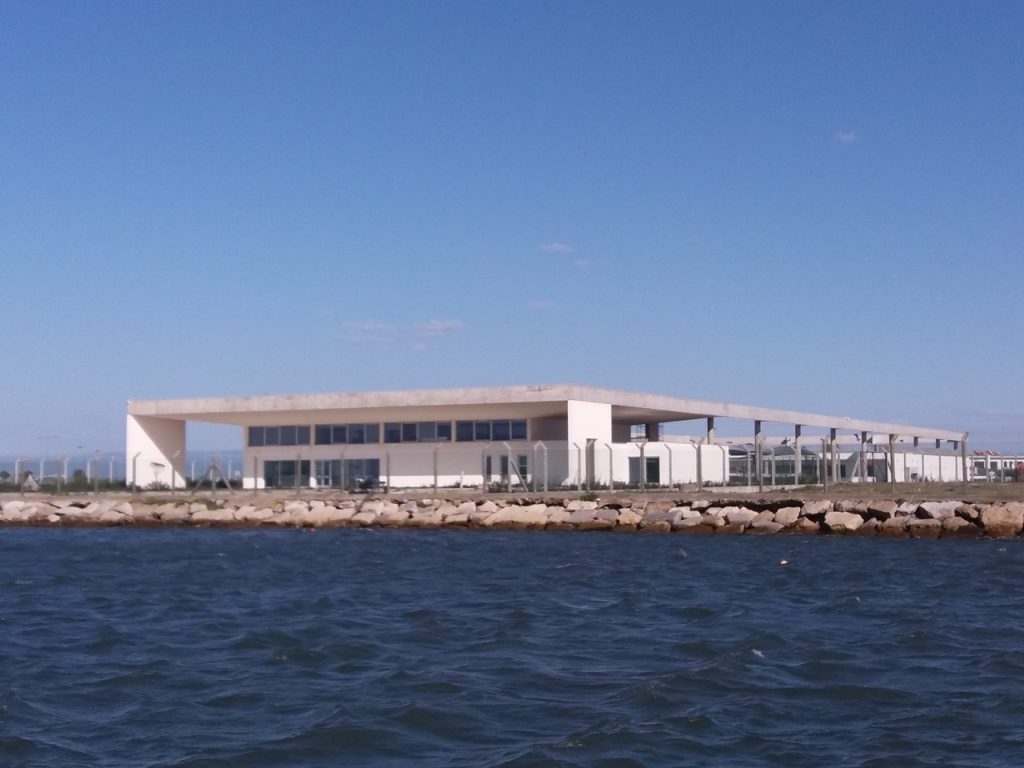
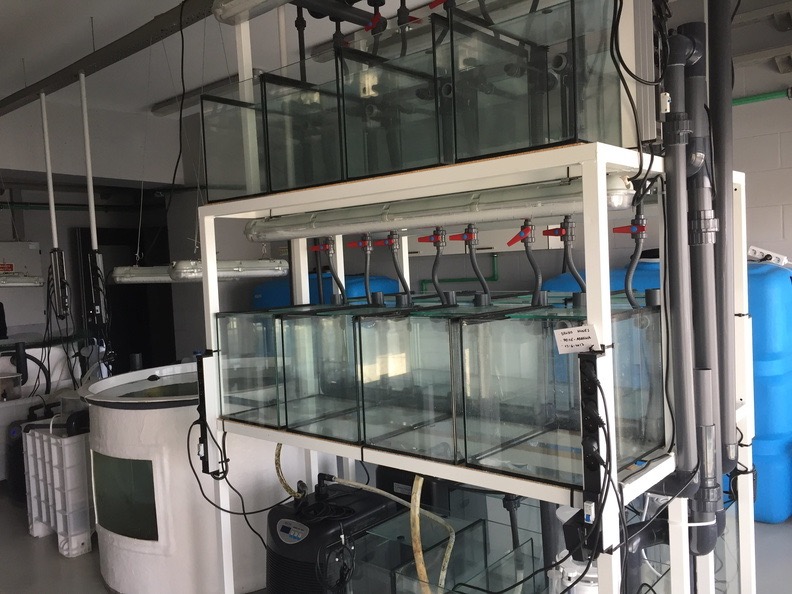
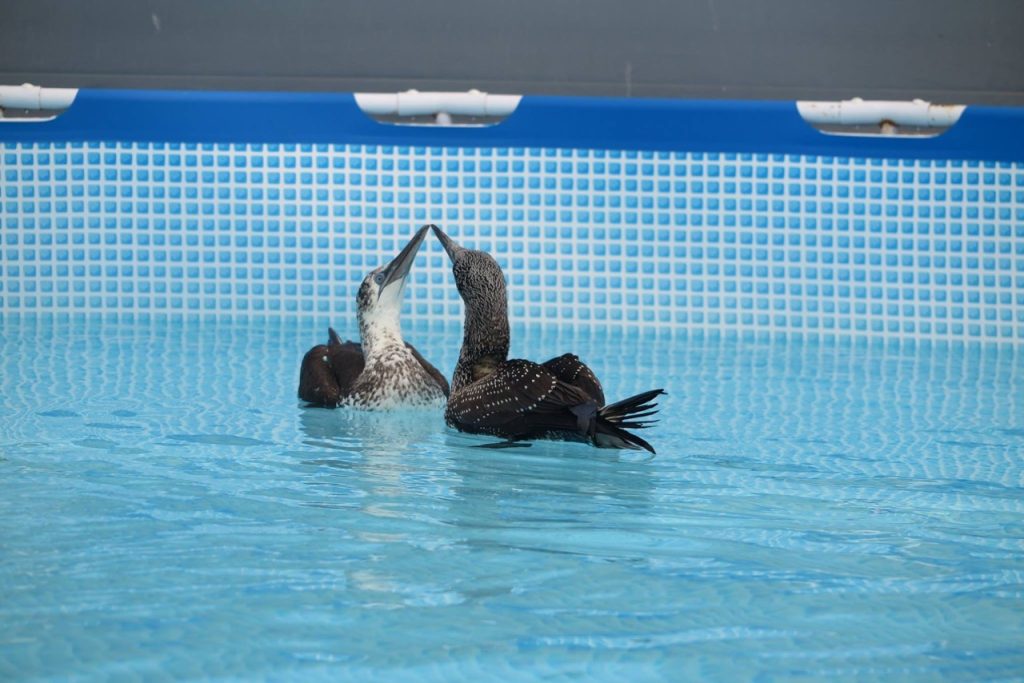
ICOS – Integrated Carbon Observation System
ICOS – Integrated Carbon Observation System is a research infrastructure that was born from the idea of the European scientific communities to have a consistent and sustained measurement network, operating under exactly the same technical and scientific standards, to enable high quality climate change research and increase the usability of research data. Its mission is to produce standardised, high-precision, long-term observations and to promote studies to understand the carbon cycle and provide the necessary information on greenhouse gases. With its high-precision data, it aims to support decision-making and policies to combat climate change and its impacts.
The basis of ICOS operations is the measurement network comprising more than 130 standardised stations across Europe, which are coordinated and operated by the ICOS National Networks. Furthermore, under the European Horizon 2020 project RINGO, nine countries are cooperating with ICOS in order to increase their readiness to become members of the ICOS ERIC (ICOS European Research Infrastructure Consortium). Portugal is one of these countries and CESAM is currently operating two monitoring stations: one located in the city centre of Porto (urban station) and the other one located in the outskirts of Aveiro (suburban station). Both stations are equipped with turbulent vortex covariance towers for the continuous measurement of energy, water vapour and carbon dioxide fluxes. The monitoring activities at these sites are coordinated by Professor Mário Cerqueira (CESAM-UA).
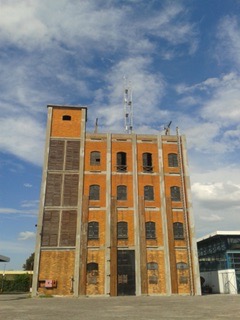
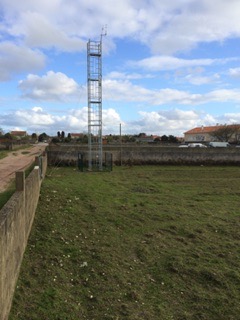
Wind tunnel
The Laboratory of Atmospheric Aerodynamics has two wind tunnels, in open circuit, which allow the aerodynamic study around obstacles – buildings and vehicles, studies of pollutant dispersion in urban environments, evaluation of pedestrian wind comfort, studies to support urban planning in a current and changing climate context, studies of wind erosion, among others.
The Laboratory of Atmospheric Aerodynamics has two wind tunnels:
- Tunnel 1, total length 6 m, with a test section of 1.30×0.25×0.30 m (L×W×H) and a maximum speed of 70 km/h
- Tunnel 2, with a length of 12 m, a test section of 6.5×1.5×1.0 m and a maximum speed of 36 km/h.
For more information on technical description, terms and conditions, please contact Ana Miranda (miranda@ua.pt) or consult here.
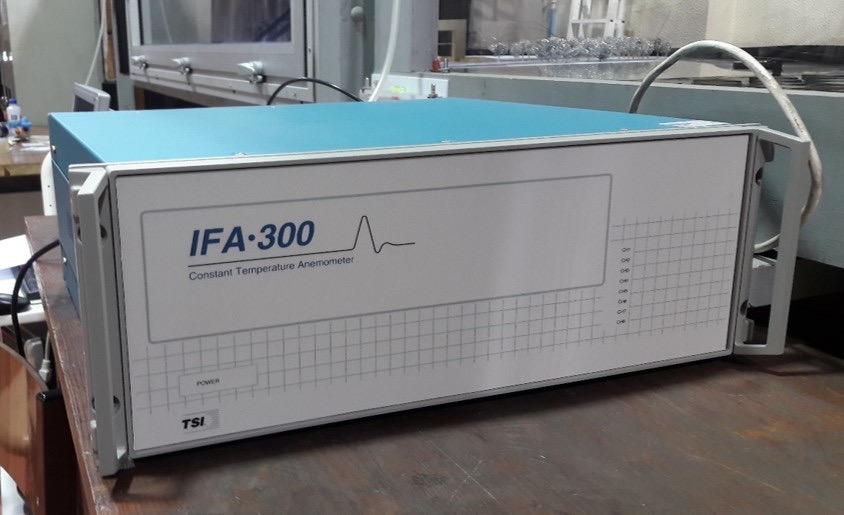
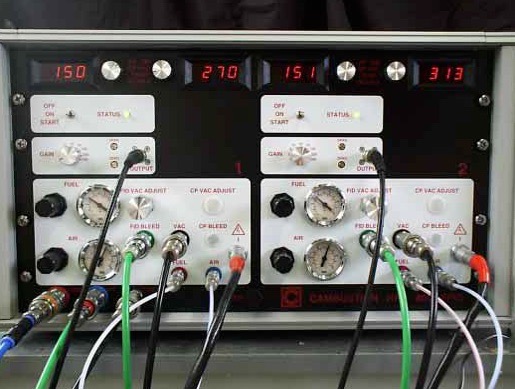
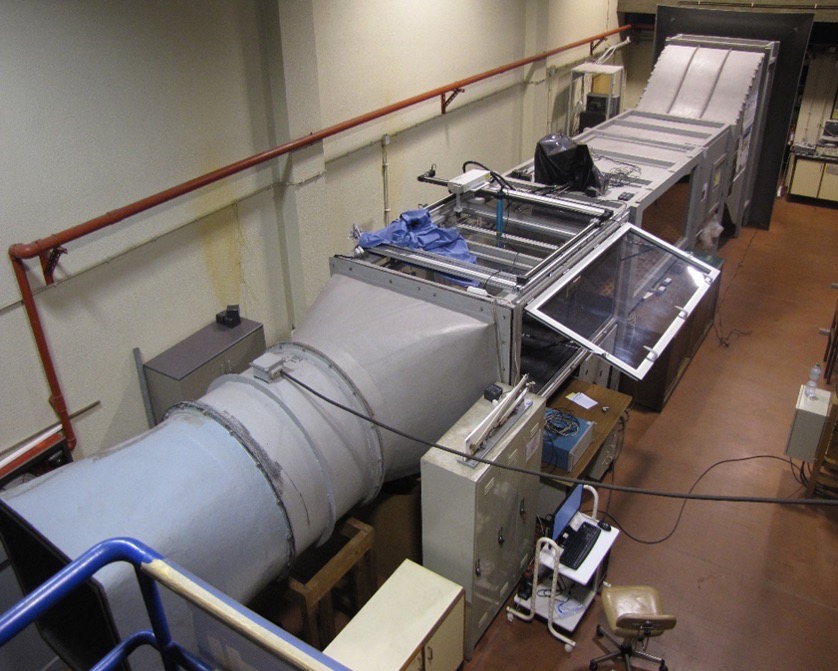
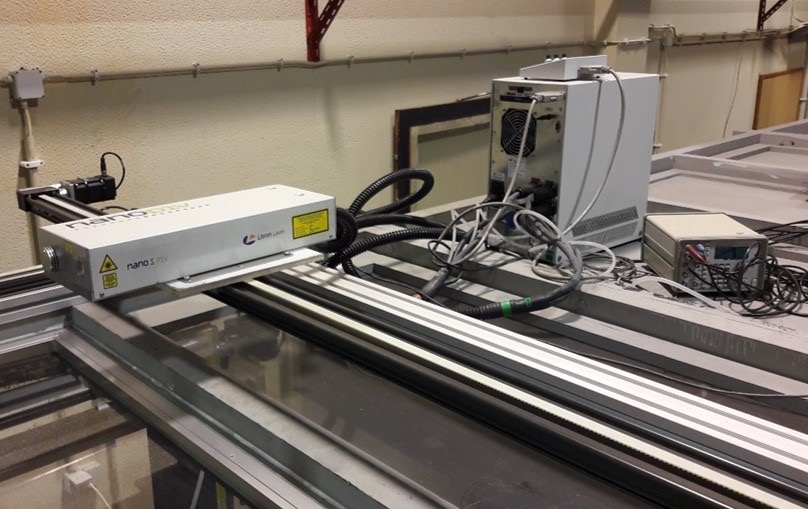
Zebra Fish Installations
The Zebra Fish laboratory is certified by the DGAV (Direcção Geral de Alimentação e Veterinária), as an authorised laboratory for the use of zebra fish (Danio rerio) in scientific research and breeding (for internal use).
The Zebrafish facilities include two racks of a ZebTEC (Tecniplast) recirculation system with a capacity for 2400 adult fish and an AWU (Water Treatment Unit). Culture water is obtained by reverse osmosis and activated carbon filtration from the public mains and automatically adjusted for temperature, pH and conductivity. A 12:12-h light:dark photoperiod is maintained. The recirculated water is treated with mechanical and biological filters as well as UV radiation.
Two stereomicroscopes (Nikon) are available to select the zebra fish eggs for testing and to follow the embryonic development during the trials (embryonic developmental delays and abnormalities).
The locomotor behaviour of zebra fish larvae and juveniles is studied by automatic video tracking using Zebrabox equipment (ViewPoint) that allows the study of behavioural components such as activity (hyper or hypoactivity), tigmotaxis and erratic swimming.
In compliance with the 3 R’s of ethics in animal experimentation, zebra fish embryos are chosen for testing (using procedures based on OECD guideline 236 – Fish Embryo Toxicity Testing).
Zebra fish facilities are mainly used by ecotoxicologists who use zebra fish as a model to assess the effects and modes of action of various types of chemical compounds. Research topics include:
- Effects and modes of action of pesticides, drugs, nanoplastics, nanomaterials, etc.
- Effects of environmental stressors (temperature, salinity, pH, UV radiation) and their combined effects with chemical contaminants.
- Effects of emerging contaminants in environmentally realistic scenarios.
- Toxicity assessment of environmental samples (e.g., effluent, ash, mine drainage, agricultural drainage).
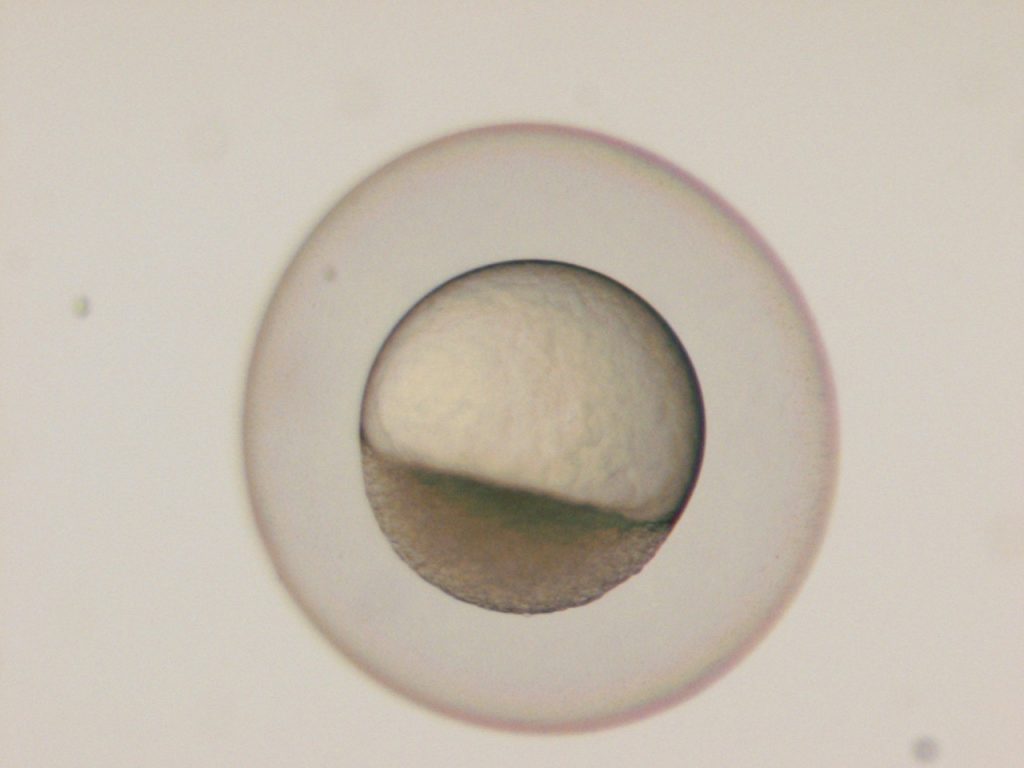
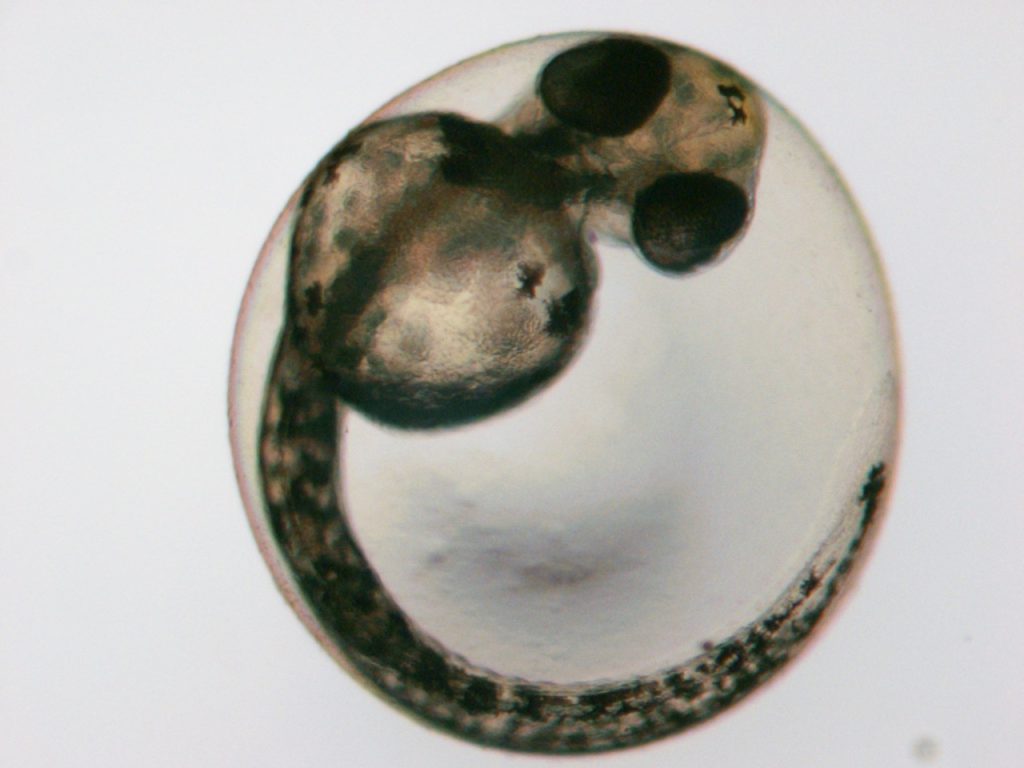
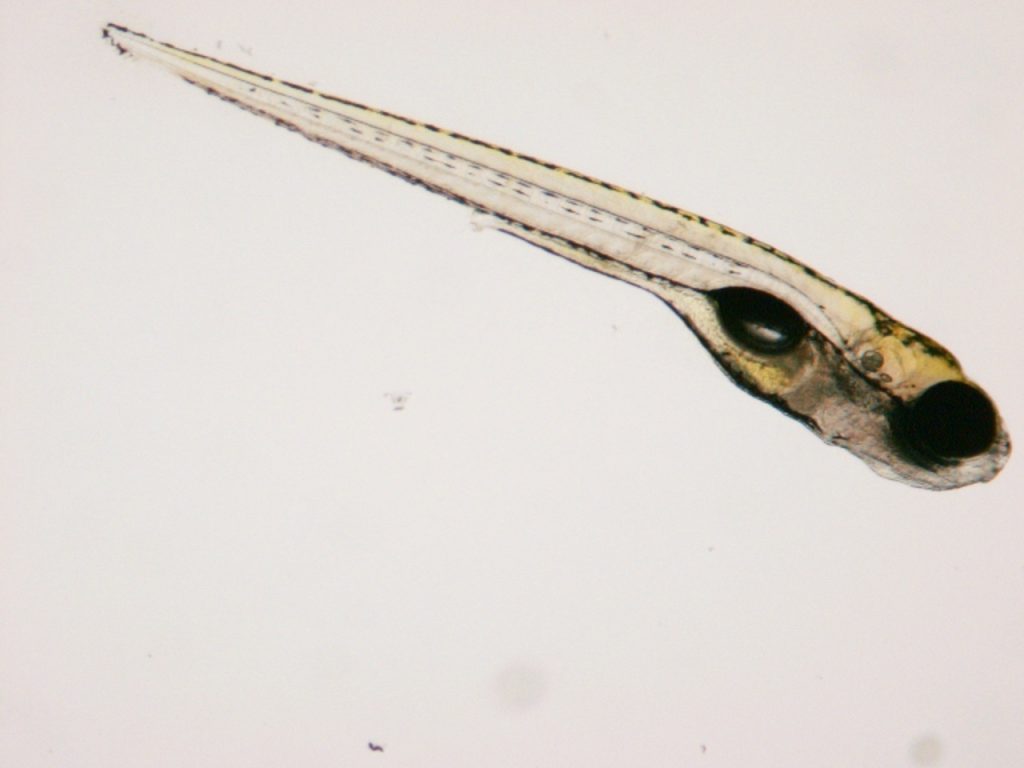
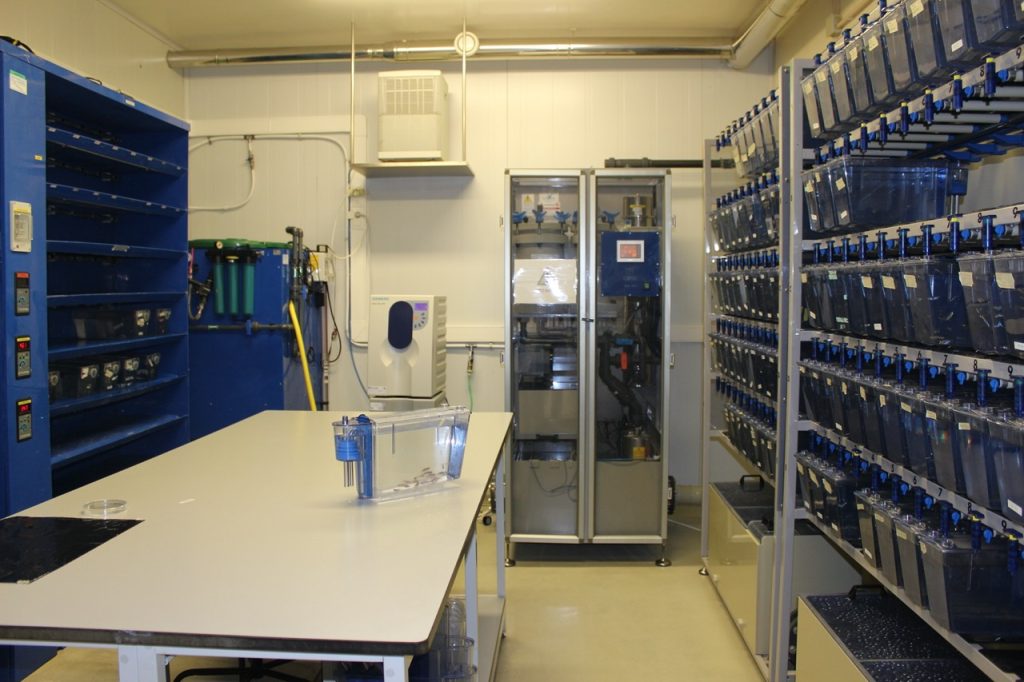
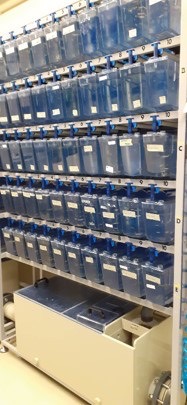
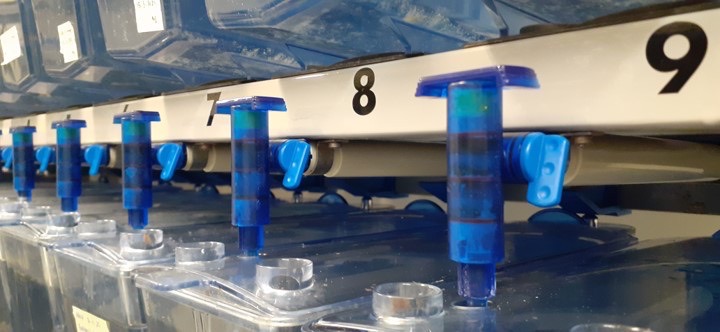
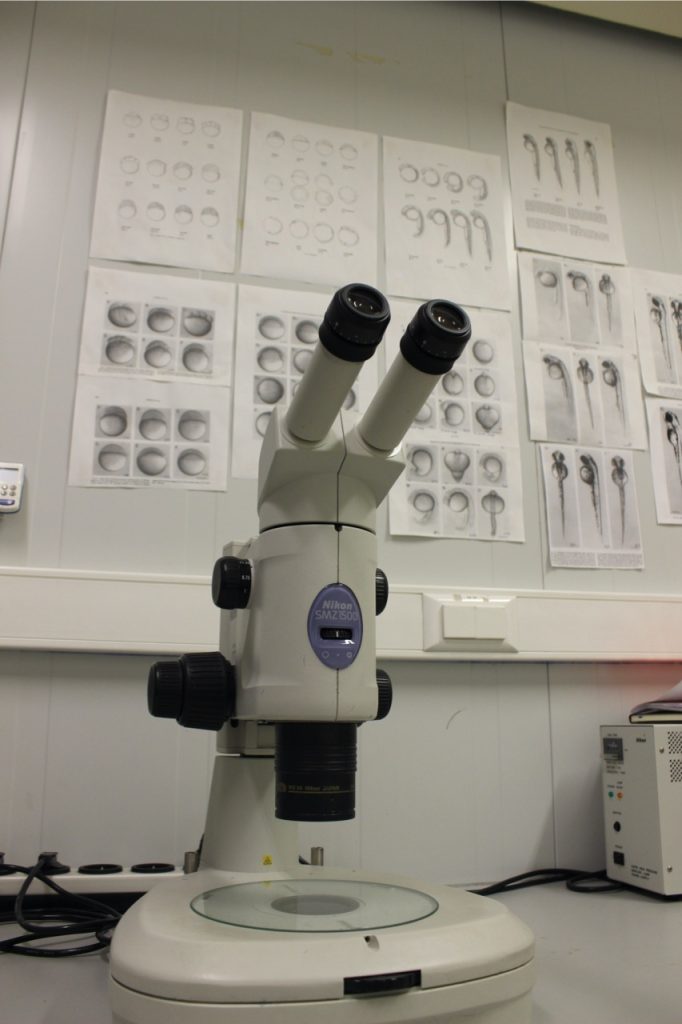
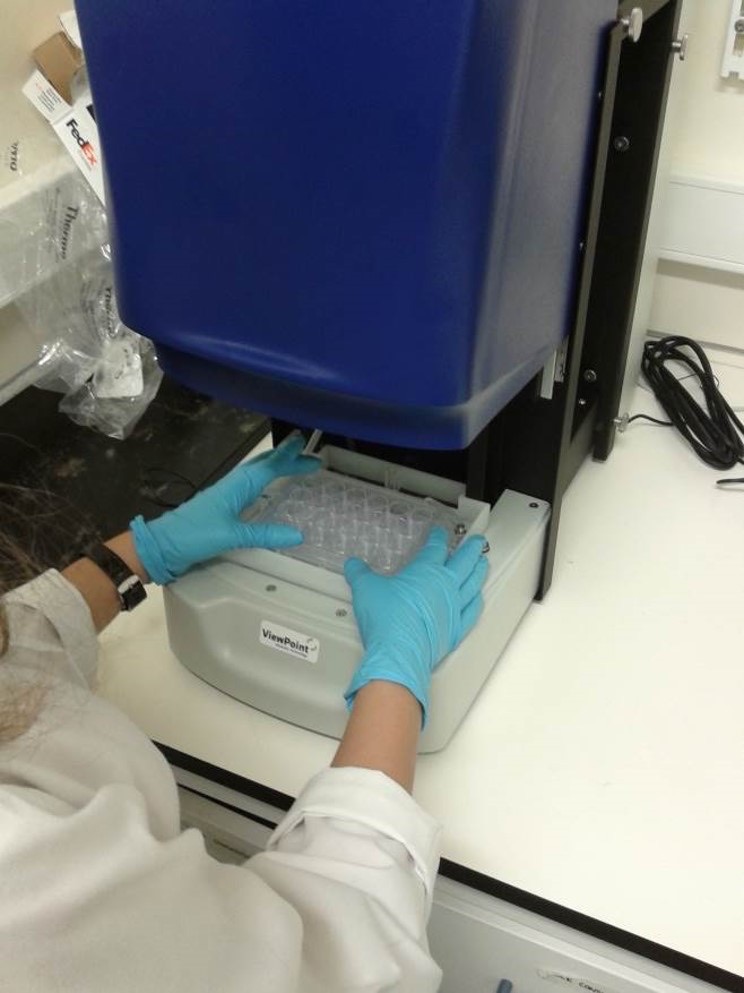
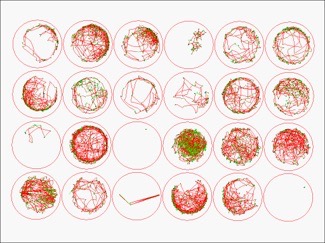
Meteorological towers
CESAM has two meteorological stations equipped with pyranometers, anemometers and rain gauges. This equipment collects data that enables continuous monitoring of the environmental conditions, constituting a valuable long-term record.
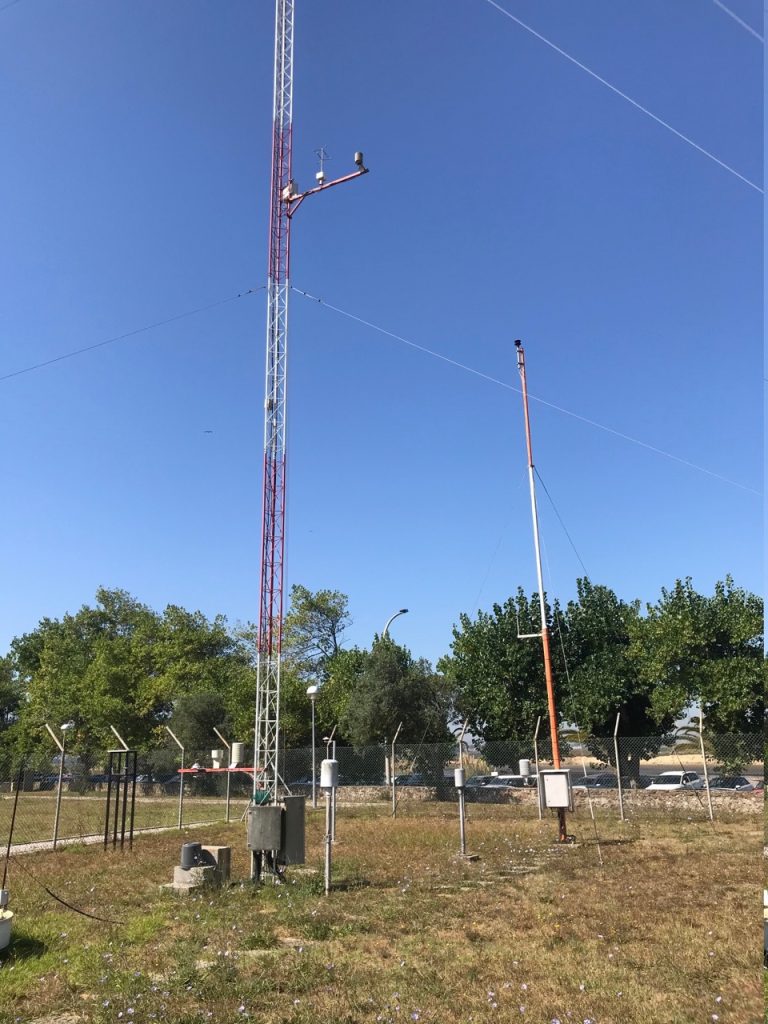
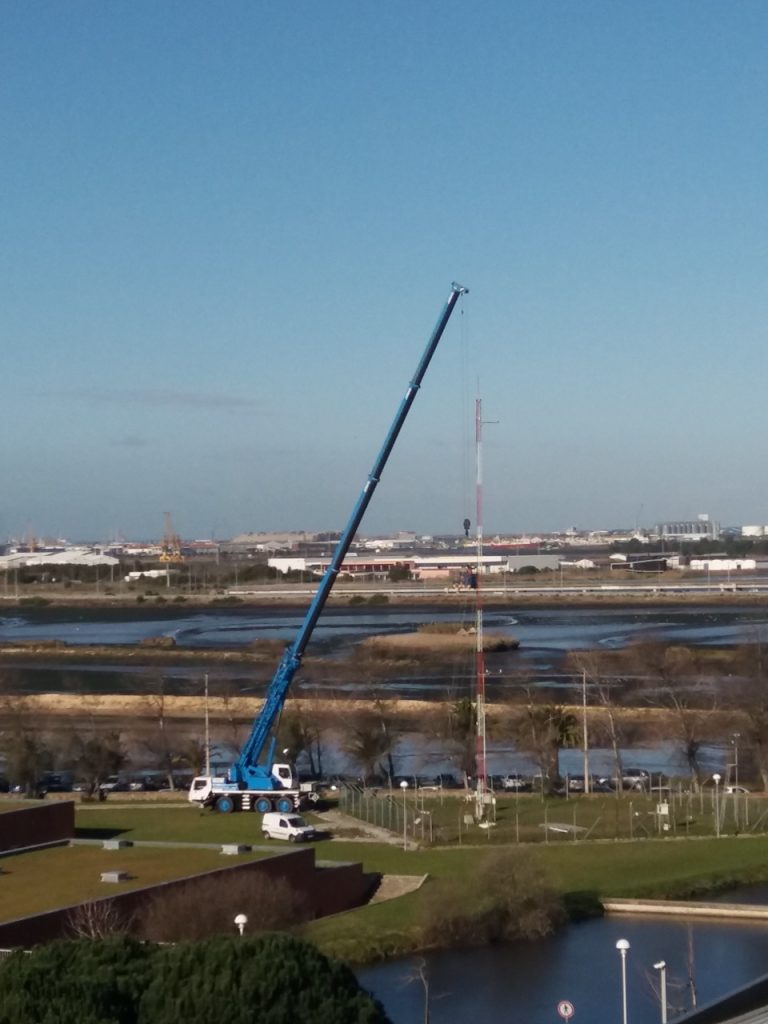
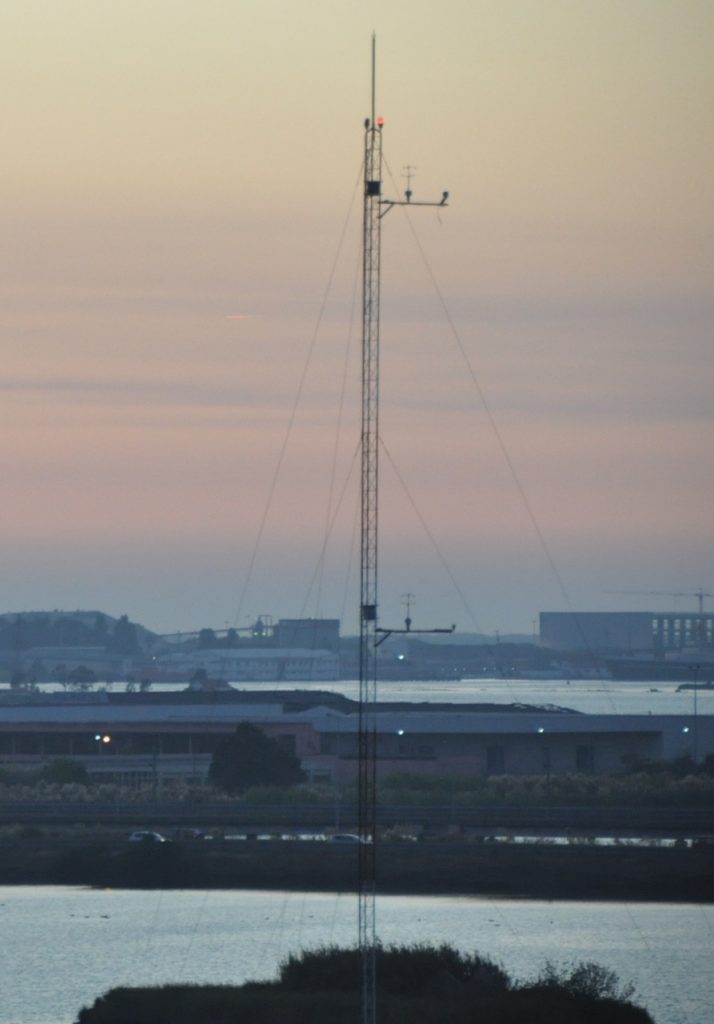
Computational infrastructure of the University of Aveiro
The high performance computing system of the University of Aveiro, ARGUS, in which CESAM participates, is a platform that has been enabling the development of work in the following areas:
- Ocean modelling
- Atmospheric modelling
- Estuarine and coastal modelling
- Air quality modelling
- Bioinformatics
Additional information here. For information on access and conditions of use contact cesam-argus@ua.pt.
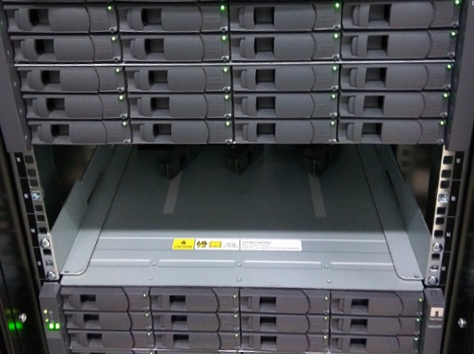
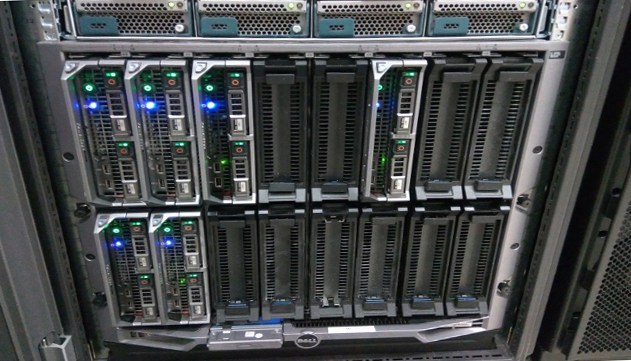
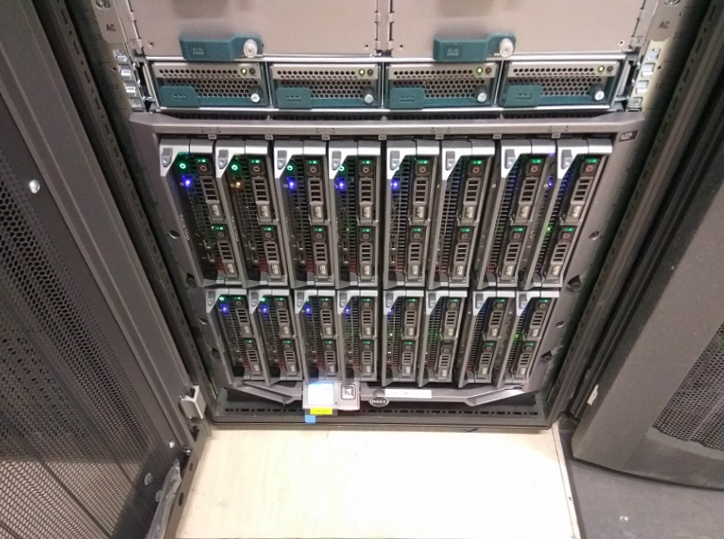
BIOLOGICAL RESEARCH COLLECTION OF MARINE INVERTEBRATES (COBI)
The Biological Research Collection (COBI) is a repository of natural history specimens and jointly curated collections such as frozen tissues and other physical samples, e.g. DNA libraries and digital images. The collection contains specimens from coastal to deep-sea environments collected under sampling programs of several Research Projects. The specimens are being prepared in a way that ensures their utility and are accessible to all qualified users. Specimen-associated information is managed through archiving in Specify 6 and GIS databases. COBI also has a bibliographic collection of more than 4000 references that gives support to the biological collection.
CONTACTS:
aravara@ua.pt | +351 234247159
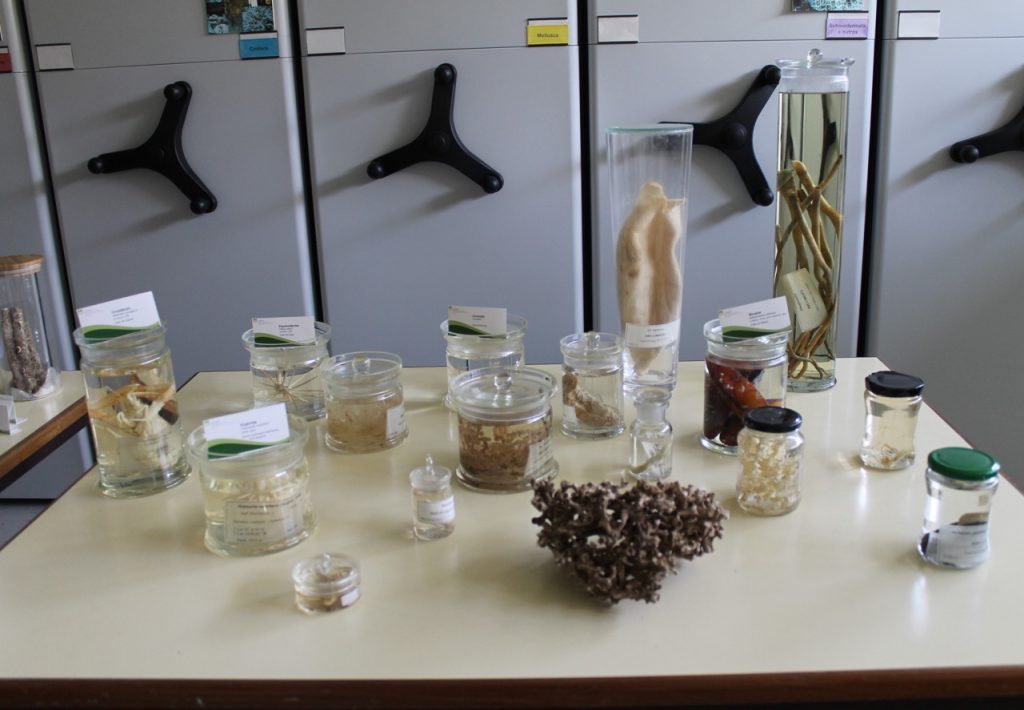
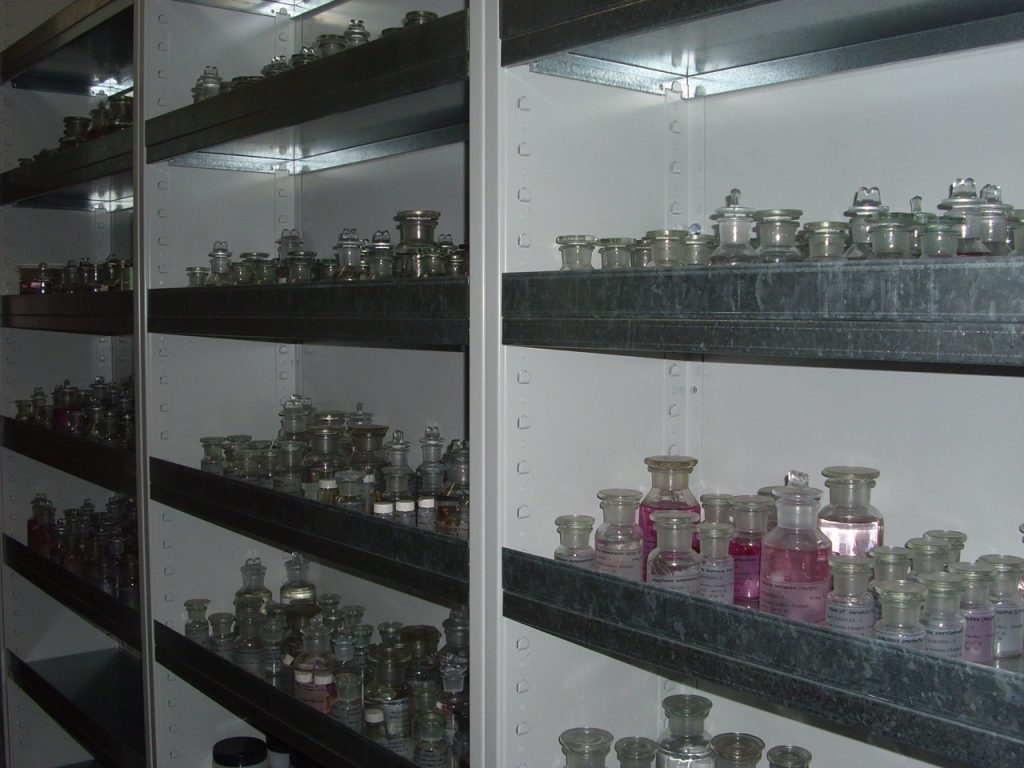
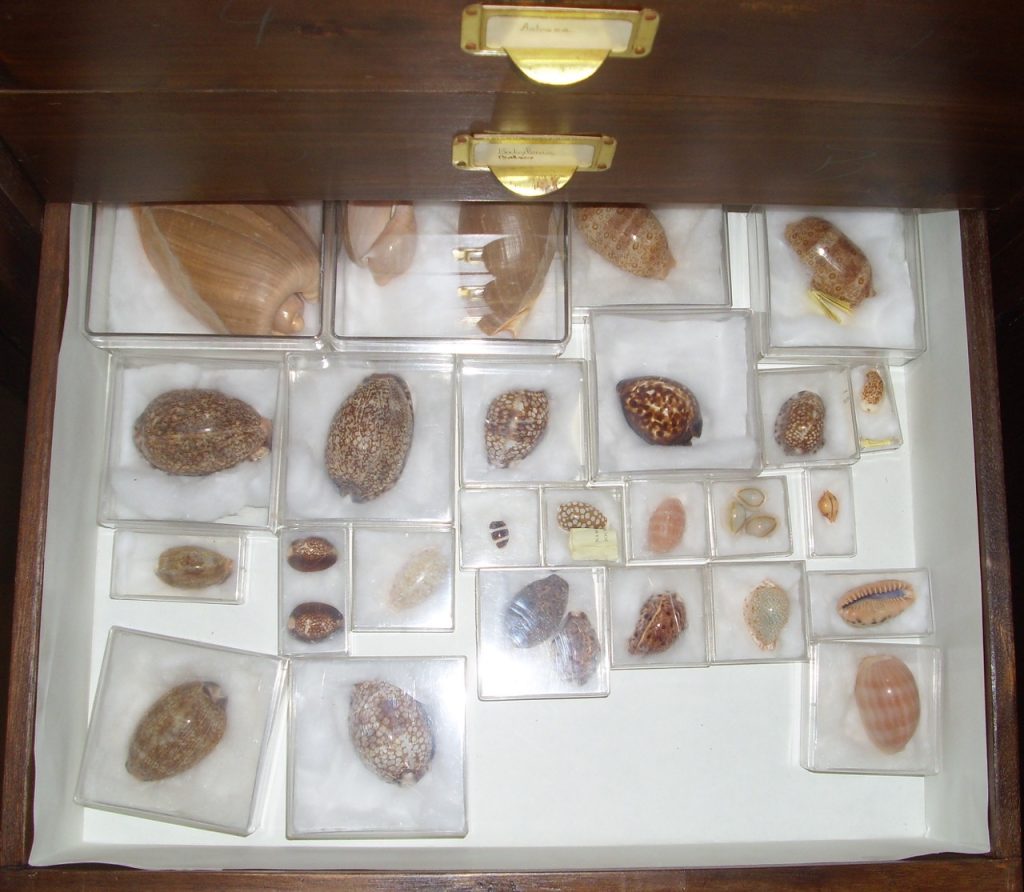
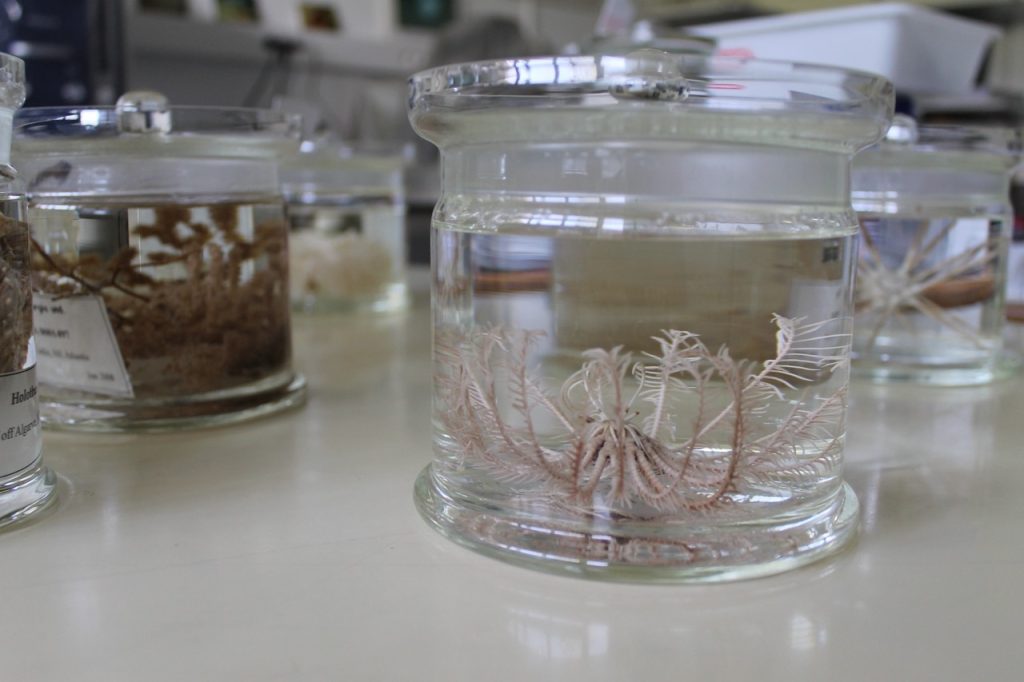
Herbarium of the University of Aveiro
The Herbarium of the University of Aveiro is a dynamic collection of dried plants from which information can be extracted, used and added about each of the known and new plant species. This herbarium, in particular, documents the plant diversity not only of Portugal but also of regions such as East Timor and Mozambique. In addition, this collection is one of the most extensive and complete collections dedicated to the genus Calendula in the world. The Herbarium’s collection has around 65,000 specimens, of which 15,000 are originals and 50,000 are duplicates.
The importance of the Herbarium extends beyond scientific research. It plays an active role in environmental impact studies, environmental monitoring and territorial planning, reflecting the need for knowledge about flora and its habitats in environmental decisions. The Herbarium team contributes with its expertise to various studies and research projects, reinforcing its role in nature conservation. In addition to its scientific contribution, the Herbarium is a space for learning and raising awareness. Every year it receives hundreds of visitors, from students of various age groups to members of the general public, promoting environmental education and scientific dissemination.
Visits to the Herbarium are by appointment only. For more information, please contact the Herbarium curator, Rosa Pinho (rpinho@ua.pt)
